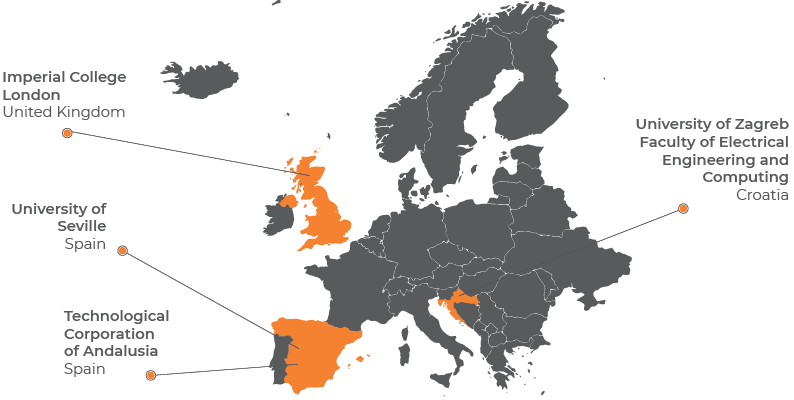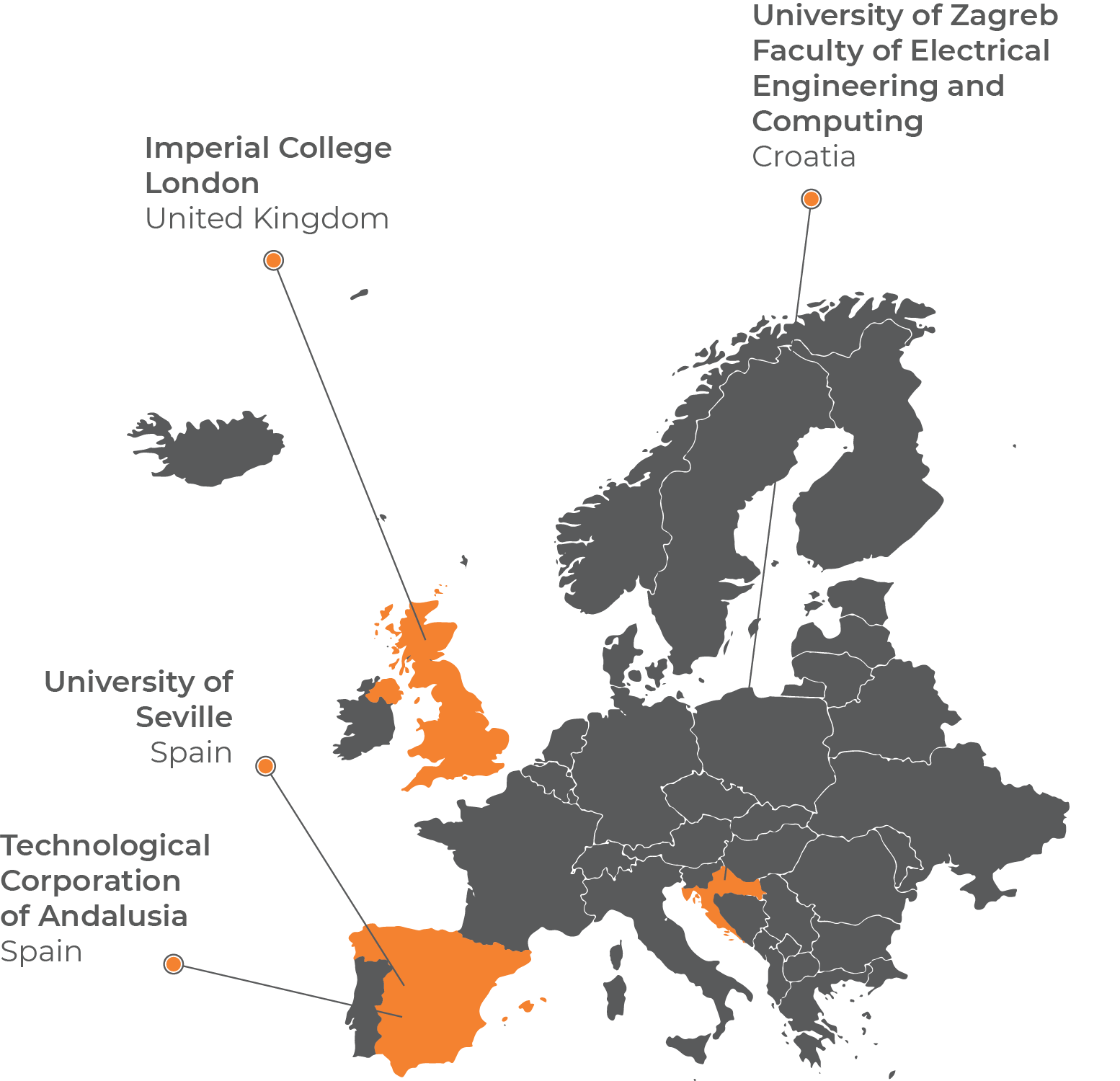 Project name: Twinning coordination action for spreading excellence in Aerial Robotics
Project name: Twinning coordination action for spreading excellence in Aerial Robotics
Project acronym: AeRoTwin
Dates: 01.09.2018 - 28.02.2022
Total budget: 997,897.50 EUR
Funding: EU Horizon 2020, CSA - Coordination and support action
Grant Agreement number: 810321
Website: https://aerotwin.fer.hr
AeRoTwin
AeRoTwin is an EU H2020 Twinning project coordinated by the Laboratory for Robotics and Intelligent Control Systems - LARICS from the University of Zagreb Faculty of Electrical Engineering and Computing (UNIZG-FER).
The overarching goal of AeRoTwin is to decrease networking gaps and deficiencies between UNIZG-FER and internationally leading counterparts in EU, by significantly enhancing the S&T capacity of LARICS at UNIZG-FER in the field of aerial robotics. Through carefully planned twinning actions, AeRoTwin will raise the UNIZG-FER research profile, as well as the research profile of its personnel.
UNIZG‐FER will through AeRoTwin enhance its networking capacity and scientific visibility; improve the quality of innovation management and technology transfer; and also increase its research excellence and innovation capacity in the field of aerial robotics, in the following Strategic Research Domains (SRDs):
- Cooperative robotic missions
- Aerial robot navigation
- Aerial robot configurability
Partners:
- University of Seville (USE), Spain
- Imperial College London, UK
- Technological Corporation of Andalusia, Spain
In the last series of visits in the AeroTwin staff exchange program, LARICS PhD students Marko Križmančić and Robert Milijaš spent three weeks at the University of Seville (USE), Spain from January 15 to February 6. They were working at the Department for Systems and Automatic Engineering under the supervision of Professor José Ramiro Martinez de Dios. Marko worked on designing a new mission planning algorithm for multi-robot systems with the help of USE professor Ivan Maza, while Robert compared the SLAM algorithms and hardware used by the GRVC group at USE to the approaches used in LARICS. During the exchange, several fruitful meetings were held which resulted in plans for future scientific publications.




